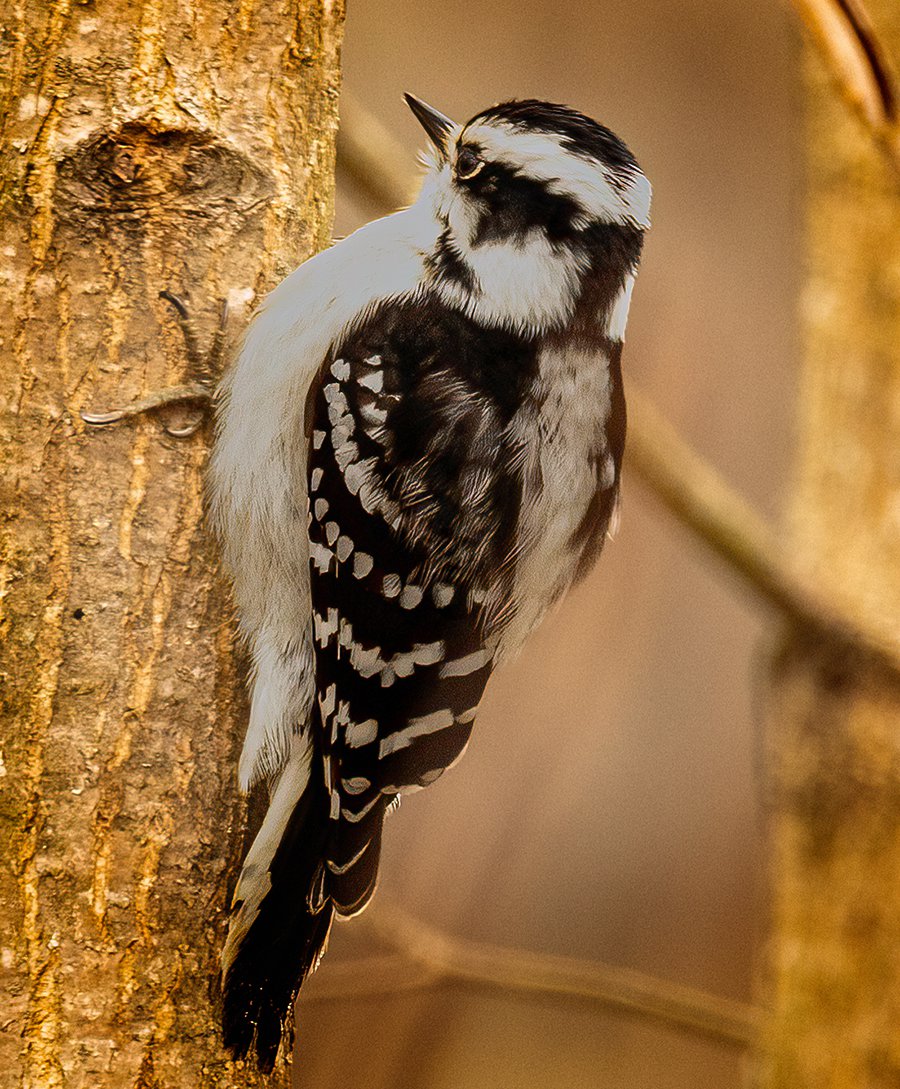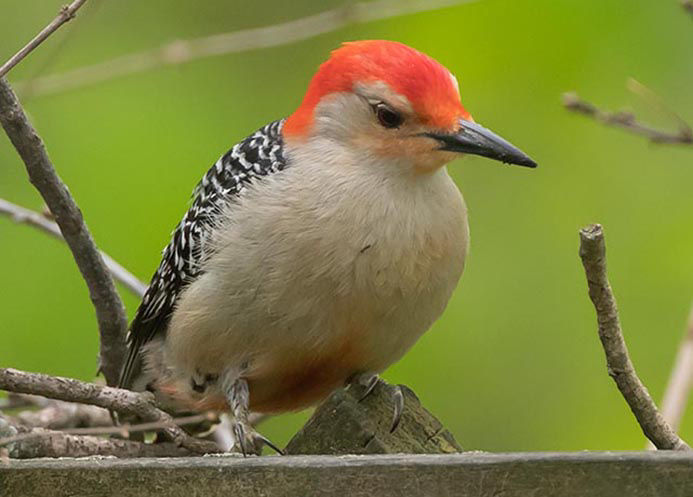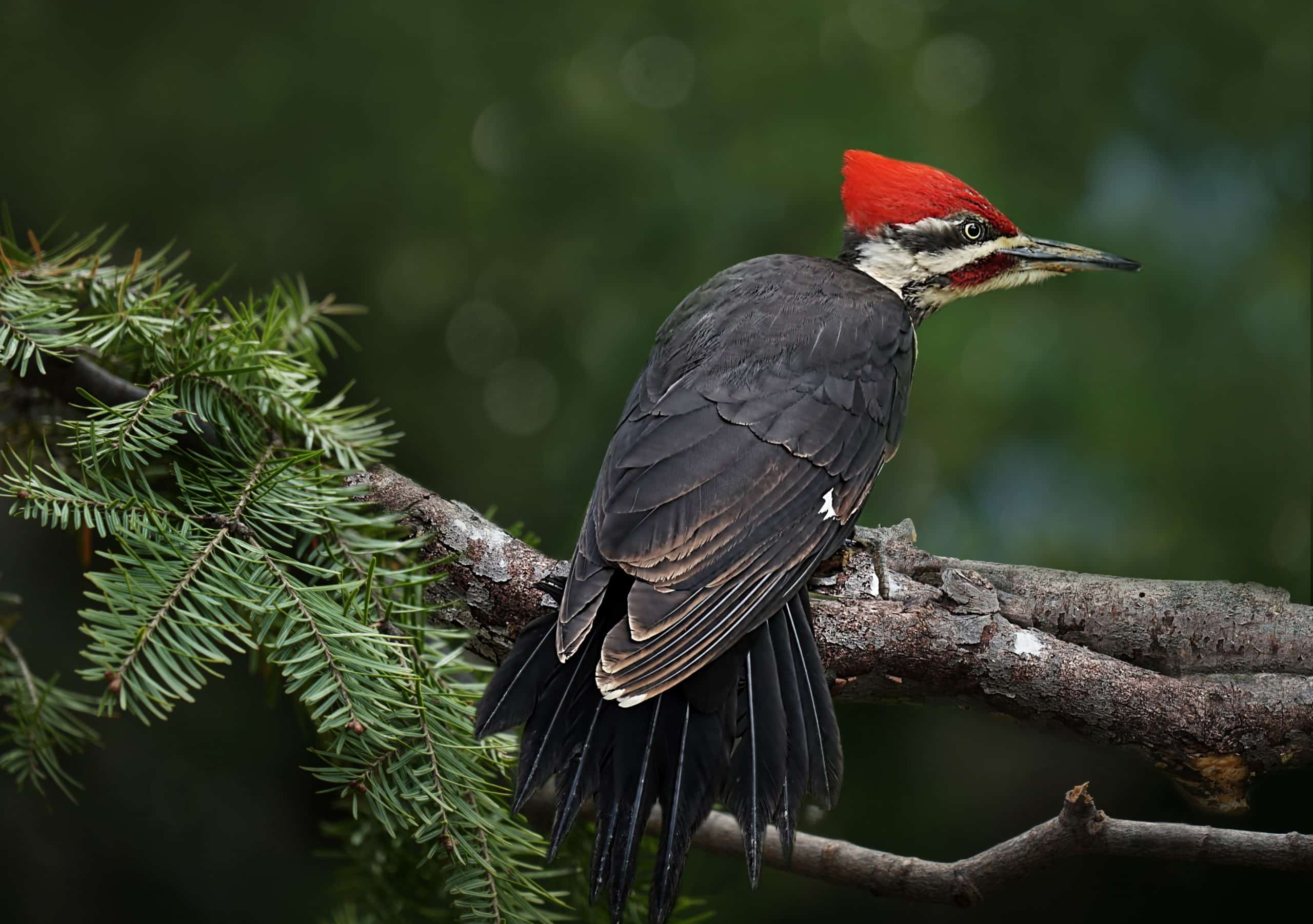Checking Out Woodpeckers in Florida Habitats: Where to Spot These Birds
Checking Out Woodpeckers in Florida Habitats: Where to Spot These Birds
Blog Article
Woodpeckers Unleashed: Discovering the Marvels of These Knowledgeable Tree Mountain Climbers
Woodpeckers, with their unique markings and balanced drumming resembling via wooded locations, hold a distinct location in the avian world - Woodpeckers in Florida. As we dig right into the detailed information of woodpeckers' nesting habits, feeding strategies, and the continuous conservation initiatives to secure these amazing birds, a much deeper admiration for their place in nature unfolds.
Makeup and Adaptations
When taking a look at the makeup and adjustments of woodpeckers, one can observe impressive features that make it possible for these birds to grow in their specialized ecological specific niche. Furthermore, woodpeckers have zygodactyl feet, with two toes facing onward and two facing backwards, offering a firm grasp on tree trunks while they look for food or drum for interaction.
Furthermore, woodpeckers have an one-of-a-kind tongue framework that is long, barbed, and sticky, allowing them to remove bugs from holes in wood. This specialized adjustment permits woodpeckers to make use of a food source that is hard to reach to numerous various other bird varieties. On the whole, the anatomy and adjustments of woodpeckers showcase the amazing evolutionary remedies that have actually permitted these birds to grow in their arboreal environment.
Drumming Actions
Having checked out the composition and adaptations of woodpeckers, the emphasis now shifts to understanding their drumming habits, an unique aspect of their communication and territorial displays. Drumming is a vital type of interaction amongst woodpeckers, offering numerous purposes such as developing territories, bring in friends, and signaling alarm. Each woodpecker varieties has a special drumming pattern that aids people identify members of their very own types and differentiate them from competitors or killers.
Woodpeckers generate drumming sounds by swiftly pecking on powerful surface areas such as dead trees, utility posts, or perhaps metal objects, producing a series of rhythmic beats. The intensity and rate of drumming can differ based on the function; for instance, a rapid drumming series may symbolize hostility in the direction of intruders, while a slower and softer drumming pattern could indicate courtship (Woodpeckers in Florida). Additionally, woodpeckers may readjust the regularity and period of their drumming to communicate specific messages properly
Nesting Routines
Exploring the nesting habits of woodpeckers reveals fascinating insights into their reproductive habits and environment options. Woodpeckers are known for their one-of-a-kind nesting preferences, frequently digging deep into cavities in trees to develop sheltered rooms for raising their young. These dental caries offer not just as a nesting website yet likewise as a safe and secure haven from killers and severe climate.
Woodpeckers display a high degree of fidelity to their nesting websites, typically returning to the same location every year. This behavior highlights the importance of suitable environment schedule for their reproductive success. The selection of a nesting website is critical for woodpeckers, with factors such as tree varieties, elevation, and decay phase playing considerable roles in their decision-making procedure.
Interestingly, some woodpecker species are known to dig deep into numerous dental caries within their territory, offering themselves with different nesting alternatives. This approach may serve as a type of insurance against potential dangers read this post here or disruptions to their main nesting site.

Feeding Techniques
Woodpeckers employ a range of specialized feeding techniques to obtain their primary food resources. One of the most unique feeding behaviors of woodpeckers is drumming, which entails quick pecking on trees to uncover bugs beneath the bark. This drumming not just helps them find target however also works as a method of interaction with other woodpeckers. Woodpeckers have solid, chisel-like beaks that allow them to pierce into wood easily. As soon as a hole is created, they utilize their lengthy, barbed tongues to remove pests such as ants, beetles, larvae, and crawlers. These tongues are coated with sticky saliva that assists trap the prey. Woodpeckers are additionally understood to dig deep into tooth cavities in trees to gain access to concealed insect larvae or sap. Some types, like the acorn woodpecker, shop nuts in specifically created holes called granaries. This tactical saving of food assists them survive during food scarcity durations. Woodpeckers are really remarkable in their feeding techniques, showcasing adaptability and intelligence in obtaining their nutrition.
Preservation Initiatives
Among the detailed feeding methods displayed by woodpeckers, the preservation initiatives targeted at protecting these remarkable birds play an essential duty in protecting their environments and populations. Woodpeckers face different dangers to their survival, consisting of habitat loss due to logging, environment adjustment altering their ecological communities, and accidents with man-made frameworks such as buildings and lorries - Woodpeckers in Florida. Conservationists are proactively functioning to attend to these obstacles and ensure the long-term well-being of woodpecker types

Education and learning and public recognition projects are also vital parts of woodpecker preservation efforts. By increasing go to this web-site awareness regarding the importance of these birds in keeping healthy woodland environments, preservationists can amass support for habitat preservation initiatives and Check This Out advertise accountable land management techniques. With collaborative initiatives in between scientists, policymakers, and regional neighborhoods, we can interact to secure a future where woodpeckers flourish in their natural environments.
Conclusion

Report this page